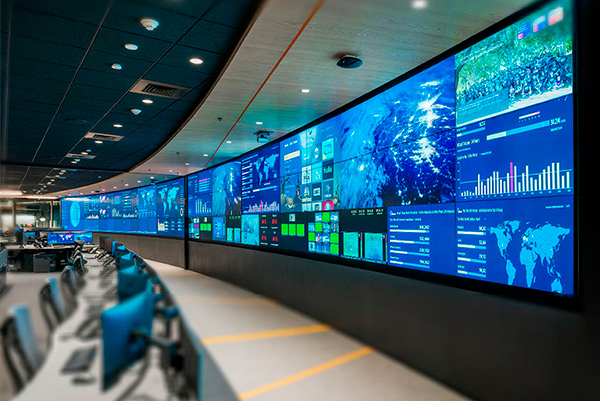Demystifying LED Panel Surface Brightness Evaluations for Ideal Screen Performance
Light Emitting Diode panel screens have become increasingly popular in various environments, including homes and commercial spaces as well as communal areas. Such screens tend to be recognized due to the vivid as well as dynamic visuals, which make them ideal for conveying information, advertisements, as well as engagement. Nevertheless, comprehending brightness illumination measurements of LED panel panels remains essential for ensuring ideal visual efficacy. Illumination can be quantified in units called nits, which show how much luminosity is emitted from the panel. The higher the quantity in candelas, the brighter more luminous a visual is. For instance, instance, one screen with 1,000 candelas is significantly brighter than one with five hundred candelas, rendering this one better equipped in brightly lit settings.

As you selecting an Light Emitting Diode wall screen, one becomes crucial to consider the environment in which the screen will be placed. In brightly lit spaces, like retail environments and open-air settings, a higher brightness level is essential to ensure visibility. Conversely, within dimmer settings, like cinemas and conference rooms, a lower brightness level may suffice. This is because unnecessary luminosity within an dim setting can lead to discomfort among viewers, making it harder to focus on the display. Therefore, understanding the specific requirements of the setup site will aid with selecting a suitable illumination rate to ensure ideal visual experience.
A further crucial element for take into account the the contrast ratio in the Light Emitting Diode panel screen. The contrast ratio measures the difference between the brightest white and the black black that the panel is able to create. An greater differential proportion indicates the display can it is capable of show greater clarity as well as depth, thereby improves general visual clarity. For example, one screen with a contrast ratio of 10,000:1 will display visuals featuring greater vivid hues and sharper details than one with a proportion at one thousand to one. Such becomes especially crucial when displaying images or videos go to this web-site that demand greater definition and detail, such as slideshows and click for more info promotional content.
Moreover, the technology behind Light Emitting Diode wall panels plays an essential role in their brightness as well as total efficiency. Different types in Light Emitting Diode methods, such as OLED as well as Liquid Crystal Display, possess unique characteristics that affect the way luminosity is perceived. OLED panels typically offer superior differential as well as deeper blacks, thereby may enhance the viewing experience within dim environments. On the other hand, standard Light Emitting Diode panels may prove to be better for bright spaces because of their capacity to generate higher levels of brightness. Comprehending such technological differences will guide users to making informed choices based on their specific needs.
Finally, consistent maintenance and adjustment for LED panel screens can assist maintain optimal brightness as well as efficacy over time. Dust as well as dirt can build up on a screen, affecting the illumination as well as sharpness of a visual. Regular cleaning as well as expert calibration can guarantee the panel panel operates at its best, offering consistent image clarity. Moreover, some sophisticated LED panel screens come with built-in features which enable operators to adjust illumination levels and color settings according to individual preferences. By implementing these measures, operators can guarantee that LED Light Emitting Diode wall screens provide an best visual performance, regardless of where environment where which they are placed.